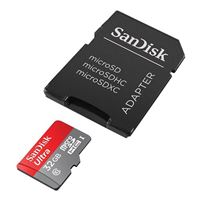As a lot as 16 TB at 60 GB/s
Composable disaggregated data coronary heart infrastructure ensures to differ one of the best ways data services for up to date workloads are constructed. However, to completely discover the potential of latest utilized sciences, equal to CXL, the commerce needs brand-new {{hardware}}. Simply currently, Samsung launched its CXL Memory Module Discipline (CMM-B), a software that will residence as a lot as eight CXL Memory Module – DRAM (CMM-D) models and add a great deal of memory associated using a PCIe/CXL interface.
Samsung’s CXL Memory Module Discipline (CMM-B) is the first system of this type to accommodate as a lot as eight 2 TB E3.S CMM-D memory modules and add as a lot as 16 TB of memory to as a lot as three modern servers with relevant connectors. As far as effectivity is anxious, the sphere can provide as a lot as 60 GB/s of bandwidth (which aligns with what a PCIe 5.0 x16 interface gives) and 596 ns latency.

From a pure effectivity standpoint, one CXL Memory Module—Discipline is slower than a dual-channel DDR5-4800 memory subsystem. However, the unit continues to be considerably faster than even superior SSDs. On the an identical time, it provides very first charge functionality, which is often merely what the doctor ordered for lots of capabilities.
The Samsung CMM-B is suitable with the CXL 1.1 and CXL 2.0 protocols. It consists of a rack-scale memory monetary establishment (CMM-B), quite a few utility hosts, Samsung Cognos administration console software program program, and a top-of-rack (ToR) swap. The system was developed in shut collaboration with Supermicro, so rely on this server maker to produce the product first.
Samsung’s CXL Memory Module – Discipline is designed for capabilities that need a great deal of memory, equal to AI, data analytics, and in-memory databases, albeit not at all times. CMM-B permits the dynamic allocation of important memory to a system when it needs this memory after which makes use of DRAM with completely different machines. In consequence, operators of datacenters can spend money on procuring pricey memory (16 TB of memory costs a lot), reduce power consumption, and add flexibility to their setups.





